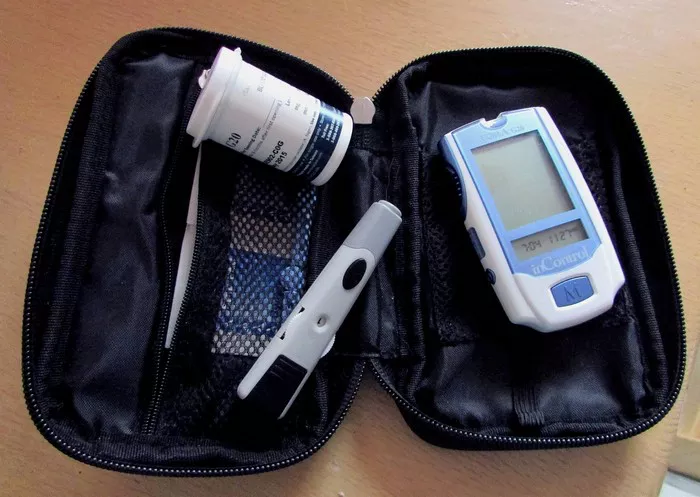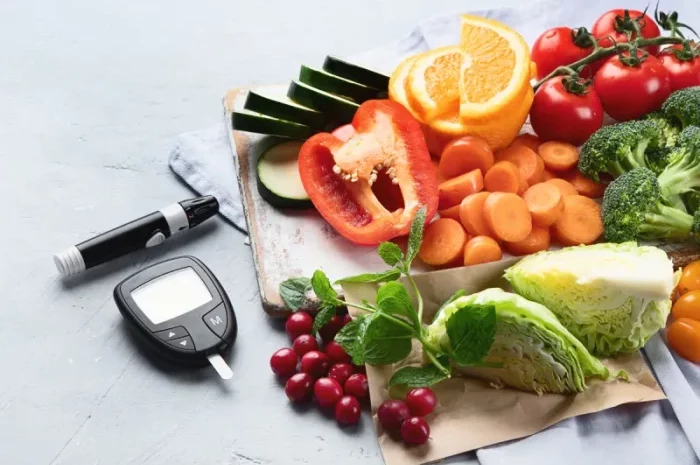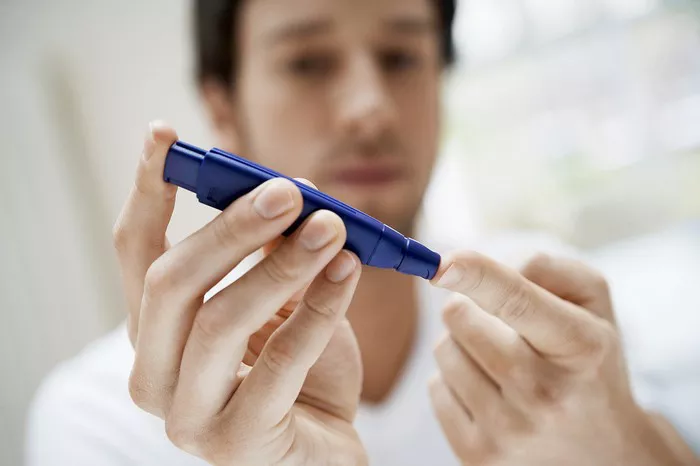In the realm of health and wellness, particularly in the context of conditions like diabetes, the terms “blood glucose” and “blood sugar” are frequently used interchangeably. However, a deeper examination reveals that while they are related, they are not exactly synonymous. Understanding the nuances between these two concepts is essential for managing and comprehending various health conditions, particularly diabetes. This article aims to elucidate the disparity between blood glucose and blood sugar, delving into their definitions, functions, measurement, and implications for health.
Definitions and Overview
Let us commence by elucidating the fundamental definitions of blood glucose and blood sugar. Blood glucose, often referred to as blood sugar, is a type of sugar found in the bloodstream. It serves as the primary source of energy for cells throughout the body and is particularly crucial for the proper functioning of organs like the brain and muscles. Glucose is obtained from the foods we consume, primarily carbohydrates, which are broken down during digestion into glucose molecules. Once absorbed into the bloodstream, glucose is transported to various tissues and organs to provide energy.
On the other hand, blood sugar refers to the concentration of glucose present in the bloodstream at any given time. It is a measure of the amount of glucose circulating in the blood and is typically expressed in milligrams per deciliter (mg/dL) or millimoles per liter (mmol/L), depending on the region. Blood sugar levels fluctuate throughout the day, influenced by factors such as dietary intake, physical activity, hormonal balance, and the body’s internal regulatory mechanisms.
Measurement and Monitoring
Monitoring blood glucose levels is a critical aspect of managing conditions like diabetes, where the body’s ability to regulate blood sugar is impaired. There are various methods for measuring blood glucose, ranging from traditional fingerstick tests to continuous glucose monitoring (CGM) systems. These measurements provide valuable insights into an individual’s glycemic control and help guide treatment decisions, such as medication dosages, dietary adjustments, and lifestyle modifications.
Fasting blood sugar (FBS) and postprandial blood sugar (PPBS) are two common measurements used to assess glucose levels in different states. Fasting blood sugar refers to blood glucose levels measured after an overnight fast, typically before breakfast in the morning. It provides baseline information about the body’s ability to maintain glucose levels during periods of fasting and is often used to diagnose conditions like prediabetes and diabetes. Postprandial blood sugar, on the other hand, refers to blood glucose levels measured after consuming a meal. It reflects the body’s ability to metabolize carbohydrates and manage glucose levels in response to dietary intake.
Clinical Significance and Health Implications
Maintaining optimal blood glucose levels is crucial for overall health and well-being. Abnormalities in blood sugar regulation can have significant implications for health, particularly in the context of diabetes mellitus. Diabetes is a chronic metabolic disorder characterized by elevated blood glucose levels resulting from either insufficient insulin production, ineffective insulin action, or a combination of both.
Type 1 diabetes is an autoimmune condition wherein the body’s immune system attacks and destroys the insulin-producing beta cells in the pancreas. As a result, individuals with type 1 diabetes require exogenous insulin to regulate their blood glucose levels and prevent complications. Type 2 diabetes, on the other hand, typically develops later in life and is often associated with obesity, sedentary lifestyle, and genetic predisposition. In type 2 diabetes, the body becomes resistant to the effects of insulin, leading to elevated blood glucose levels.
Uncontrolled diabetes can lead to a myriad of complications affecting various organ systems in the body. Chronic hyperglycemia (high blood sugar) can damage blood vessels and nerves, increasing the risk of cardiovascular disease, stroke, neuropathy, nephropathy, and retinopathy. Conversely, hypoglycemia (low blood sugar) can occur as a result of excessive insulin or certain medications, leading to symptoms such as dizziness, confusion, sweating, and in severe cases, loss of consciousness and seizures.
Management Strategies
Effectively managing blood glucose levels is paramount for individuals with diabetes to prevent complications and improve quality of life. This often entails a multifaceted approach involving medication, diet, exercise, monitoring, and lifestyle modifications. Medications such as insulin, oral hypoglycemic agents, and other injectable therapies are commonly used to lower blood glucose levels and improve glycemic control. Dietary interventions focus on balancing carbohydrate intake, choosing foods with a low glycemic index, and maintaining a healthy weight.
Regular physical activity is also integral to managing blood glucose levels, as exercise helps increase insulin sensitivity and glucose uptake by muscles. Monitoring blood glucose levels regularly, either through self-monitoring or continuous glucose monitoring systems, enables individuals to track their progress and make necessary adjustments to their treatment regimen. Lifestyle modifications such as smoking cessation, stress management, and adequate sleep also play a crucial role in overall diabetes management.
Conclusion
In conclusion, while blood glucose and blood sugar are often used interchangeably, they represent distinct yet interrelated concepts in the realm of health and medicine. Blood glucose refers to the sugar molecule found in the bloodstream, serving as the primary energy source for cells throughout the body. Blood sugar, on the other hand, refers to the concentration of glucose present in the bloodstream at any given time, measured in milligrams per deciliter or millimoles per liter.
Understanding the difference between blood glucose and blood sugar is essential for managing various health conditions, particularly diabetes. Monitoring blood glucose levels, maintaining glycemic control, and adopting a comprehensive approach to diabetes management are crucial steps in preventing complications and improving quality of life for individuals with diabetes. By elucidating these concepts and implementing effective management strategies, we can strive towards better health outcomes and a brighter future for those affected by diabetes.



























